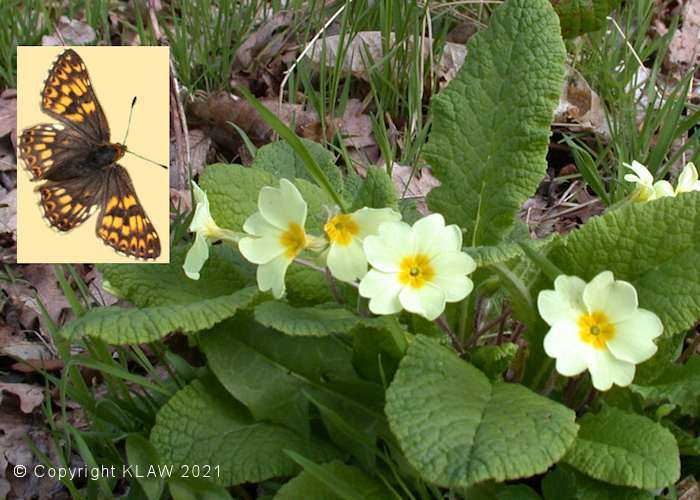Biodiversity
What Is Biodiversity?
The word biodiversity is the combination of “bio” and "diversity". Biodiversity describes the huge variety of micro-organisms, fungi, plants and animals found on Earth. The variety of species, not simply the number of species is important. It isn’t just the photogenic wildlife, sometimes the beneficiary of campaigns such as the “save the ….”. Biodiversity and the need to protect existng species covers wildlife invisible to the human eye, the creepy crawly, the slimy, the downright ugly or unpleasant.
Species Interdependence
As knowledge grows the inter-dependance between wildlife becomes better understood. Who would have thought until relatively recently that the Duke of Burgundy butterfly would be so dependent on the cowslip or primrose? Not even just the cowslip or primrose, but a plant with leaves at just the right angle for the female Duke of Burgundy to be able to lay eggs on the underside of a leaf.

Duke Of Burgundy Butterfly And Primroses
Importance Of Habitat
It also covers the communities that species form and their habitats. As pond watchers know, mud at the edge of a pond is essential for nest building by birds and insects. In very dry years when mud has dried out and become hard nests cannot be built and so young cannot be raised.
Biodiversity is hugely important to the overall health and wellbeing of planet Earth and its inhabitants - including we humans. If we lose insects we risk losing the wildlife that relies on the insects.
There have always been species that have become extinct, for example due to rapid climate changes millennia ago or due to catastrophic events that probably wiped out dinosaurs. Humans have accelerated the speed with which this is happening. Sometimes this has been a deliberate act, sometimes an unintended consequence of destroying essential habitat or destroying another interdependent species to rid the world of what is considered a pest by human beings.
Although most people would have few regrets if the malaria carrying mosquito disappeared, the world is currently seeing the extinction of more species than ever before.

KLAW And Biodiversity
Managing biodiversity is a fundamental to the aims of KLAW. Each landholder, in different ways, balances what each of them does to protect as wide a range of species and habitats as possible. For example, the plans for Mystole Orchard, initially focused on protecting nightingales, have expanded to protecting a much wider range of flora and fauna.
KLAW members aim to keep their land and its inhabitants as biodiverse as possible.


